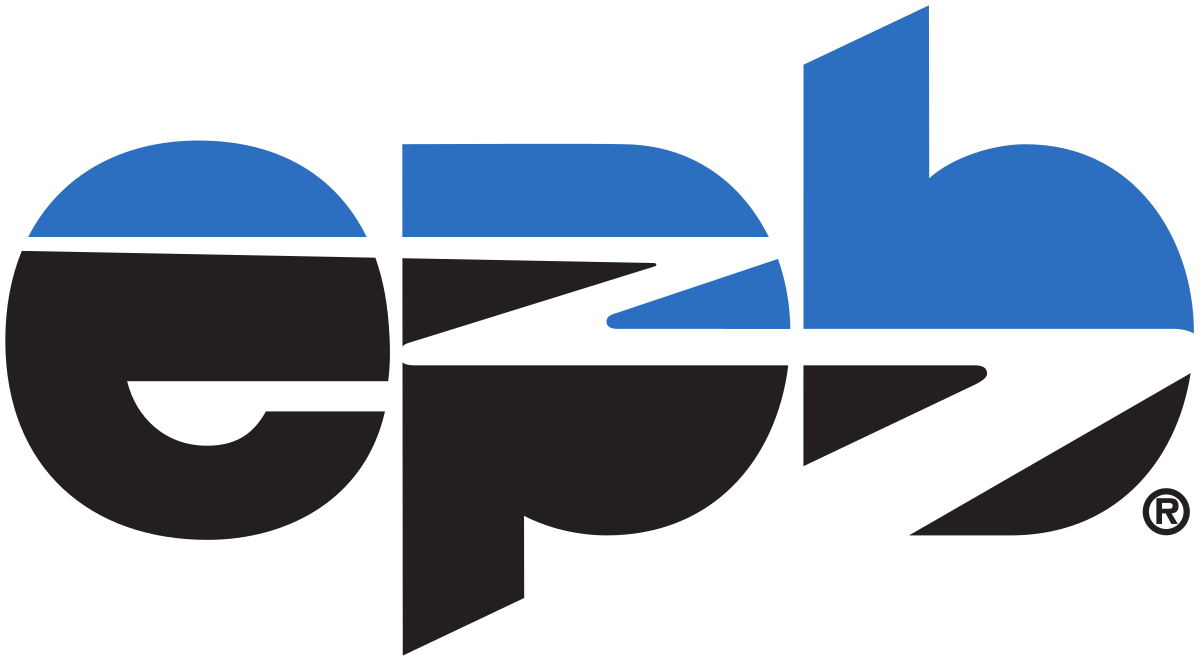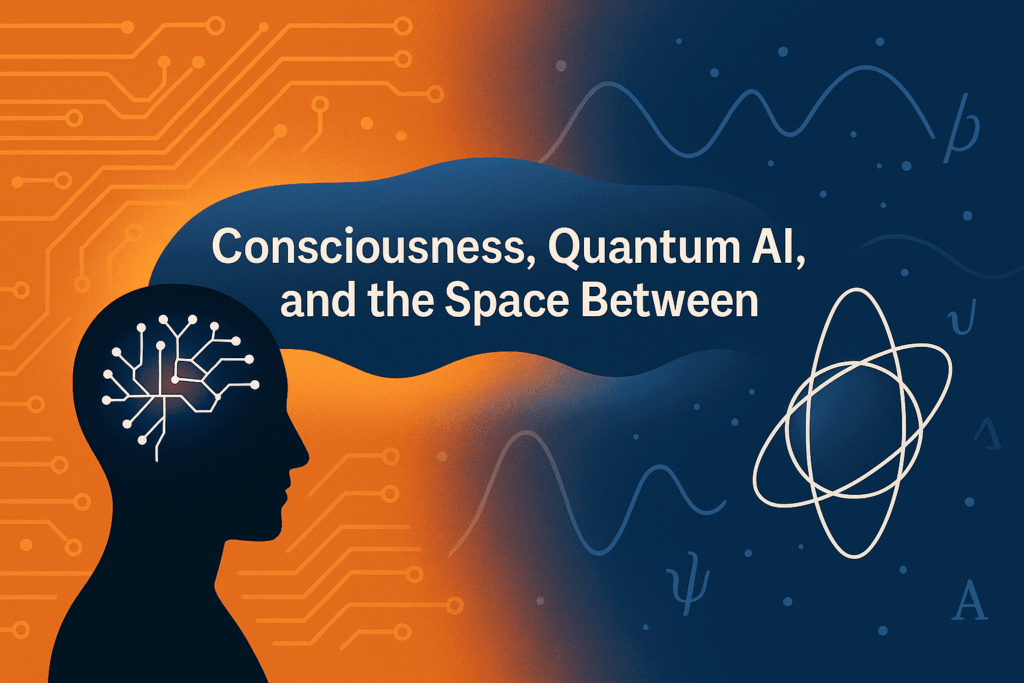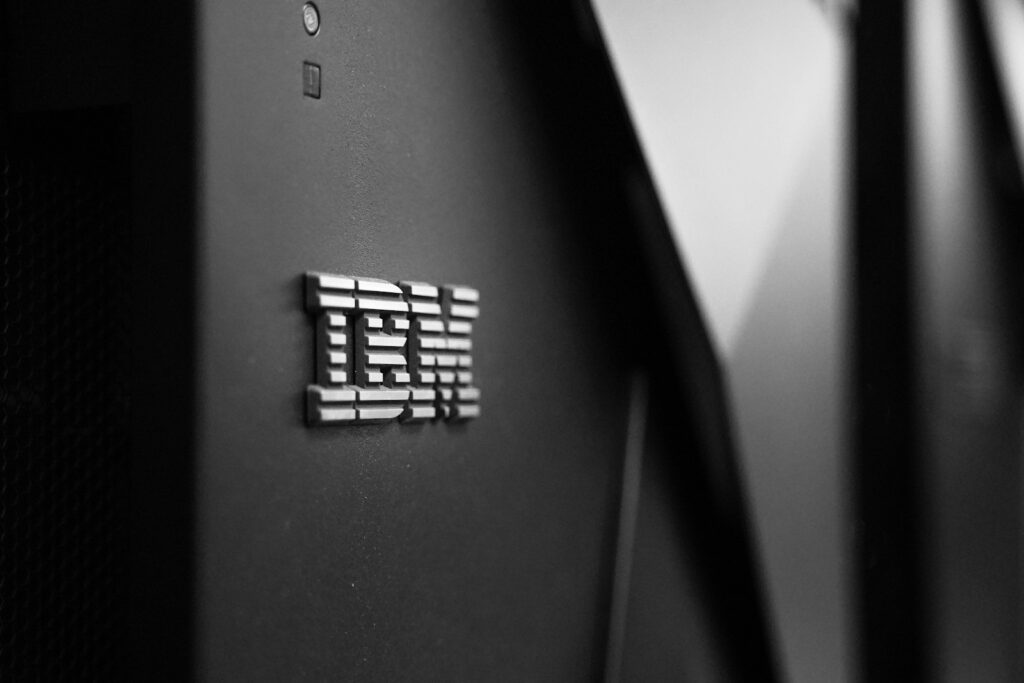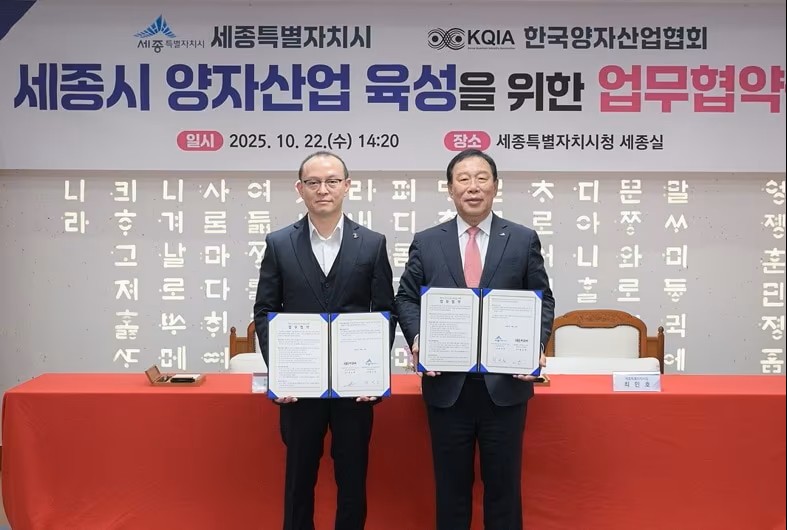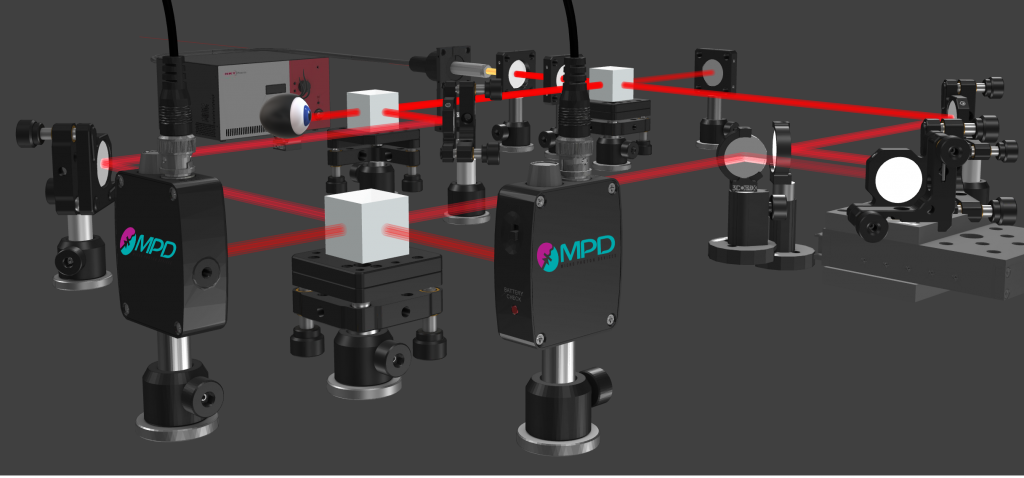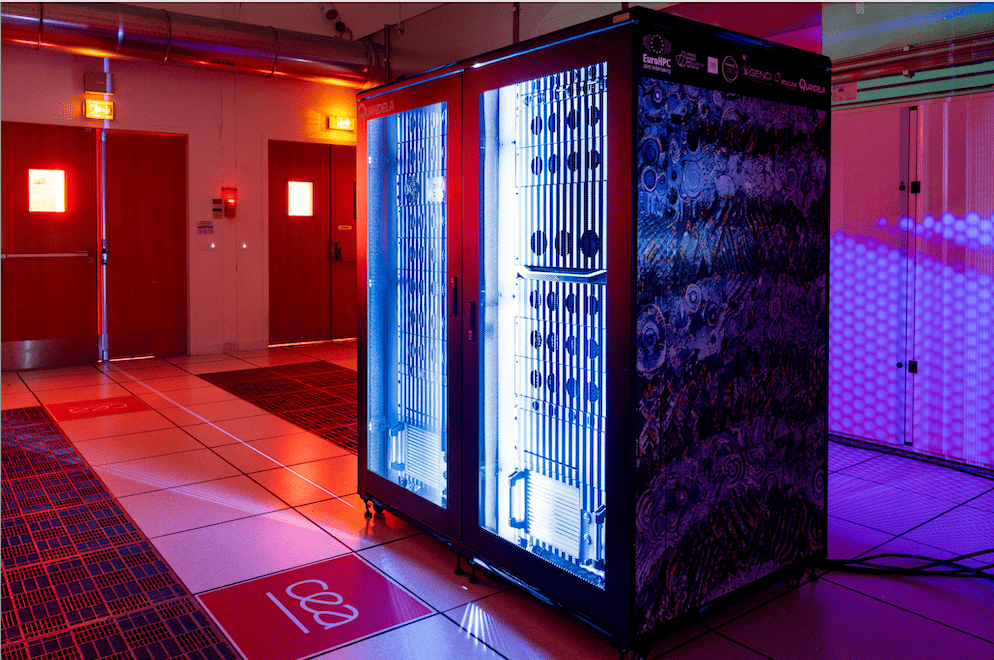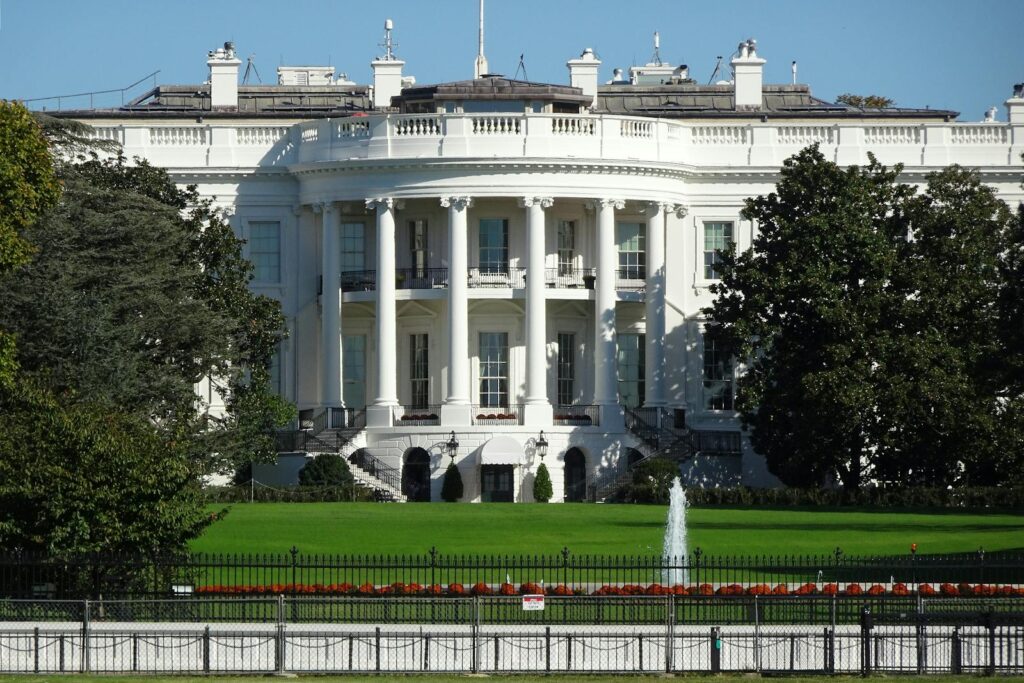Insider Brief
- EPB has added three new technical experts to advance EPB Quantum, the nation’s first initiative offering commercial access to both quantum computing and networking capabilities.
- The hires—Patrick Swingle, Alexander Miloshevsky, and Jackson Ricketts—bring expertise in quantum networks, photonic circuits, and applied physics, building on EPB’s leadership in deploying quantum infrastructure since 2016.
- With the upcoming addition of a Forte Enterprise Quantum Computer and continued academic partnerships, EPB Quantum CenterSM strengthens its position as a key national resource for real-world quantum application development and training.
PRESS RELEASE – EPB recently added three technical experts to contribute to the development and growth of EPB QuantumSM, the nation’s first quantum technology development effort to provide commercial access to both quantum computing and networking facilities. These new team members join a roster of technical experts that has been building and operating quantum networks since 2016.
“These professionals bring additional expertise to one of America’s most comprehensive resources for accelerating the development of quantum technology,” said Janet Rehberg, President, Strategic Initiatives for EPB. “We were fortunate to have an overwhelming number of highly qualified applicants, an indicator of the growing interest in commercially available quantum technology and the strength of our nation’s quantum talent pool.”
In April, EPB announced it will add a Forte Enterprise Quantum Computer to EPB Quantum CenterSM. This marks the first location in the U.S. to provide commercial access to both quantum computing and quantum networking resources, including application development support and training.

EPB Quantum Network® opened in 2023 as the nation’s first commercially available quantum network. The following year, EPB added a permanent node at the University of Tennessee at Chattanooga, making the university the first in the nation to connect to a commercial quantum network.
Manager, Quantum Systems Patrick Swingle oversees the operational capability, improvement and expansion of EPB Quantum. He joins EPB after a four-year tenure with Qubitekk Inc. as Senior Quantum Network Engineer, where he led the technical implementation of the EPB Quantum Network.
Swingle has more than 25 years of fiber optic network expertise in commercial and customer-oriented settings, including Airnet Group, Ericsson and Sprint. He holds an associate degree in Engineering and Computer Information Technology with a Networking focus from Chattanooga State Community College and is a published author of the paper “Architecture of a First-Generation Commercial Quantum Network.”
Quantum Physicist Alexander Miloschevsky’s experience will build upon EPB Quantum’s collaborative efforts to advance quantum technologies for real-world applications with industry, academia and government research institutions.
Miloshevsky joined EPB from Oak Ridge National Laboratory, where he contributed to several research areas, most recently using photonic integrated circuits to generate entangled pairs for deployment in a quantum network. His research has been published in peer-reviewed journals and conference papers, including Optica Quantum, Applied Optics and Optics Express.
Miloshevsky completed his Ph.D. in Mechanical Engineering at the University of Tennessee at Knoxville, where his thesis focused on simulating space-based quantum networking in harsh environments.
Quantum Systems Engineer Jackson Ricketts supports the enhancement, programming and maintenance of EPB Quantum Network. Ricketts joined EPB from Leidos, where he was a physicist and software engineer for the company’s Radio Frequency Systems Portfolio. Previously, he held research positions at Oak Ridge National Laboratory for Neutron Symmetries and at the University of Cadiz in Spain for Computational Astrophysics.
Ricketts graduated from the Honors College at the University of Tennessee at Chattanooga, Cum Laude, with a bachelor’s degree in Physics and completed his thesis, “Simulation and Analysis of Charged Particle Activity and Detection Efficiency for the Nab Experiment.”

